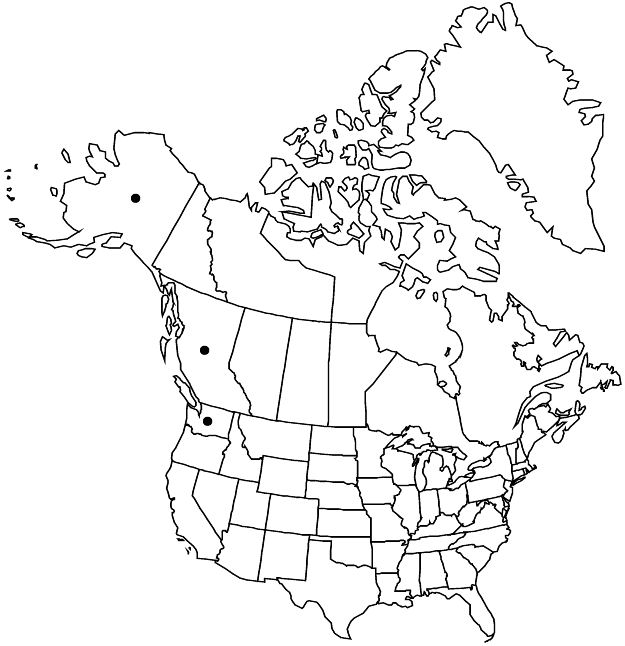Difference between revisions of "Sanguisorba menziesii"
in N. L. Britton et al., N. Amer. Fl. 22: 387. 1908.
imported>Volume Importer |
imported>Volume Importer |
||
| Line 1: | Line 1: | ||
{{Treatment/ID | {{Treatment/ID | ||
|accepted_name=Sanguisorba menziesii | |accepted_name=Sanguisorba menziesii | ||
| − | |accepted_authority=Rydberg | + | |accepted_authority=Rydberg |
|publications={{Treatment/Publication | |publications={{Treatment/Publication | ||
|title=in N. L. Britton et al., N. Amer. Fl. | |title=in N. L. Britton et al., N. Amer. Fl. | ||
| Line 41: | Line 41: | ||
-->{{#Taxon: | -->{{#Taxon: | ||
name=Sanguisorba menziesii | name=Sanguisorba menziesii | ||
| − | |authority=Rydberg | + | |authority=Rydberg |
|rank=species | |rank=species | ||
|parent rank=genus | |parent rank=genus | ||
| Line 55: | Line 55: | ||
|publication year=1908 | |publication year=1908 | ||
|special status=Conservation concern;Endemic | |special status=Conservation concern;Endemic | ||
| − | |source xml=https:// | + | |source xml=https://bitbucket.org/aafc-mbb/fna-data-curation/src/2e0870ddd59836b60bcf96646a41e87ea5a5943a/coarse_grained_fna_xml/V9/V9_526.xml |
|subfamily=Rosaceae subfam. Rosoideae | |subfamily=Rosaceae subfam. Rosoideae | ||
|tribe=Rosaceae tribe Agrimonieae | |tribe=Rosaceae tribe Agrimonieae | ||
Latest revision as of 22:57, 5 November 2020
Plants 3–10 dm. Leaves: blade 5–40 cm, leaflets 11–15, orbiculate to ovate, 6 × 4 cm, lengths 1–2 times widths, base usually deeply cordate, rarely truncate, without stipels. Spikes 100–300-flowered, cylindric, main 1.5–7 cm, flowering basipetal. Flowers: calyx lobes purple, midveins not thickened distally; stamen lengths 1.5–2.5 times hypanthium lobes, filaments 5–7 mm, flattened and dilated in distal 1/2.
Phenology: Flowering May–Jul; fruiting Jun–Aug.
Habitat: Coastal bogs, marshes, upper brackish tidal marshes, wet meadows
Elevation: 0–1200 m
Distribution

B.C., Alaska, Wash.
Discussion
Of conservation concern.
Sanguisorba menziesii sometimes has been treated as a hybrid between S. officinalis and S. stipulata. Some of its characteristics do suggest intermediacy; it is possible that it arose via hybridization, but it seems best to regard it as a species, because it forms populations separate from its possible parents and is fully fertile (P. S. Holloway and G. E. M. Matheke 2003).
Selected References
None.